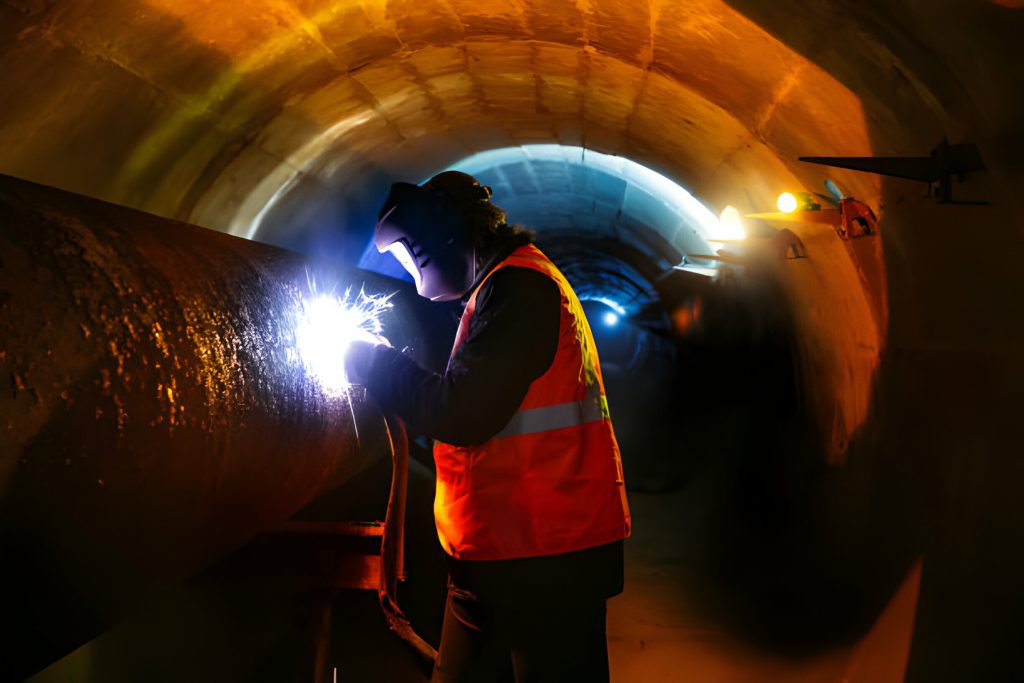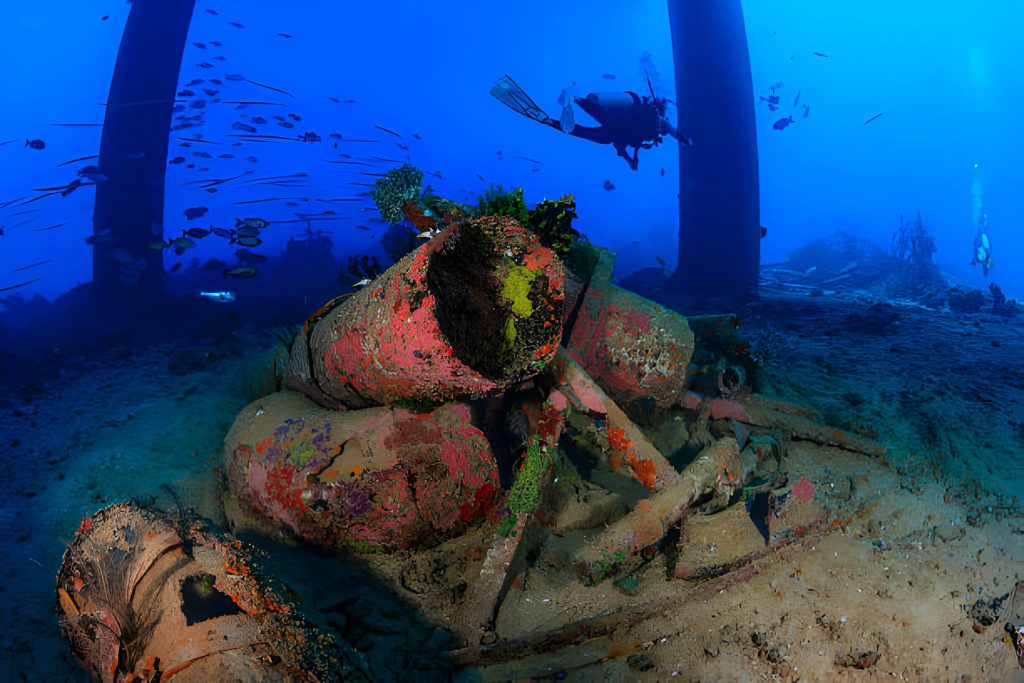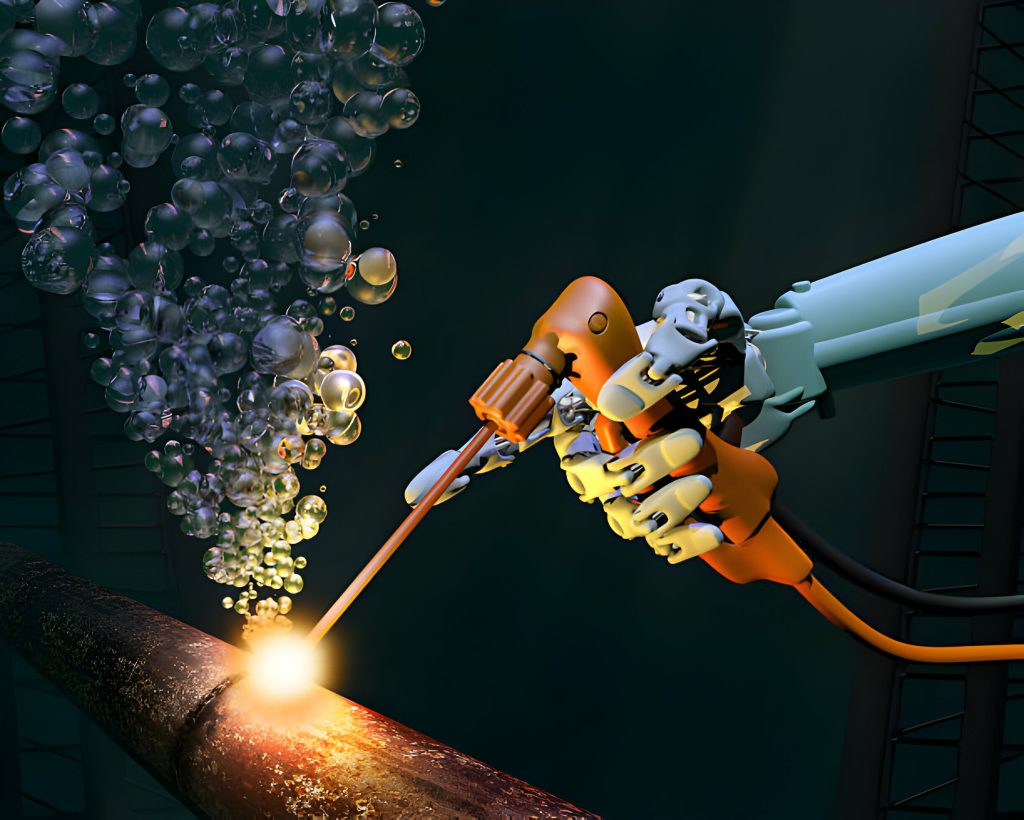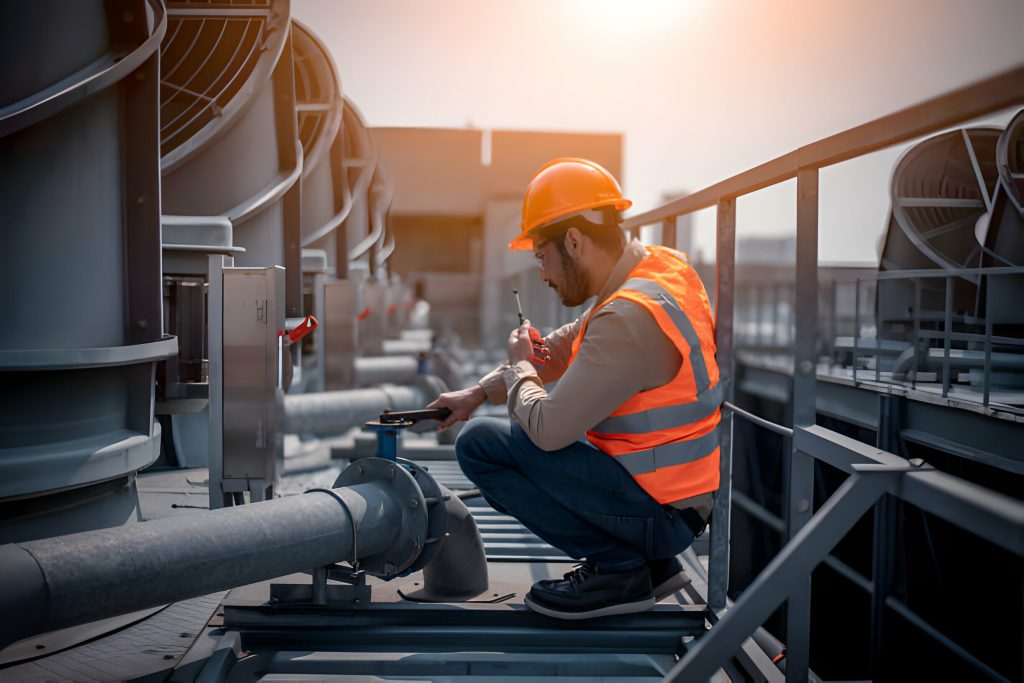
Monitoring of Water and Weather Conditions
Environmental conditions such as water temperature, currents, visibility, and weather significantly impact underwater construction activities. Unpredictable weather changes, like storms or high winds, can create dangerous situations for workers.

![[GetPaidStock.com]-65e0457d63ee1 [GetPaidStock.com]-65e0457d63ee1](https://onion-shop.com/wp-content/uploads/2024/10/GetPaidStock.com-65e0457d63ee1.jpg)


